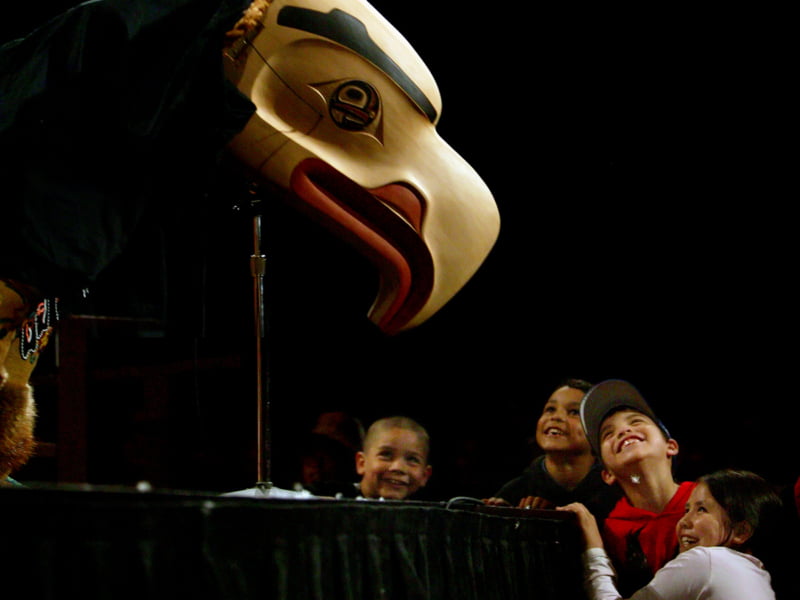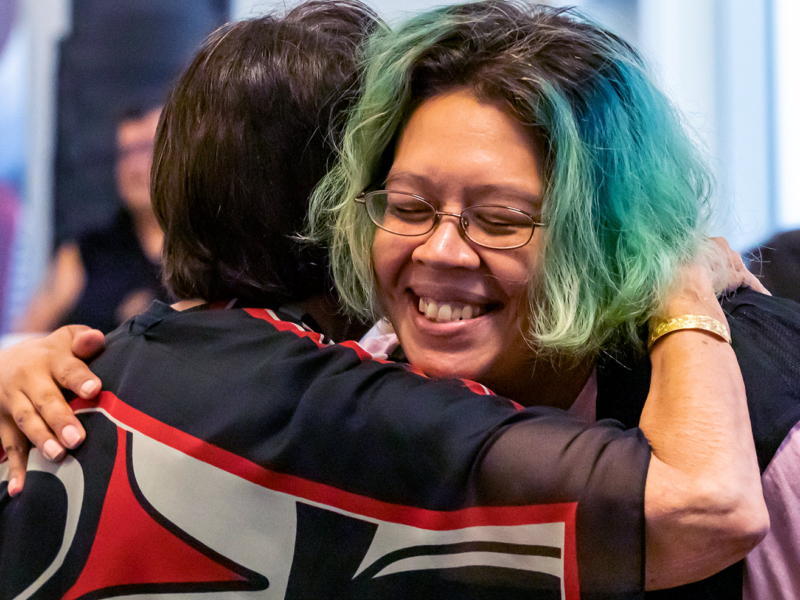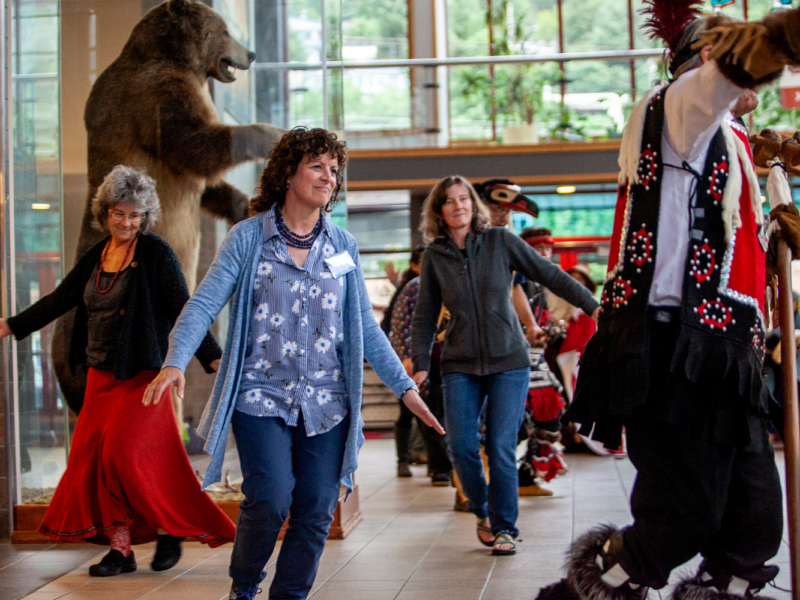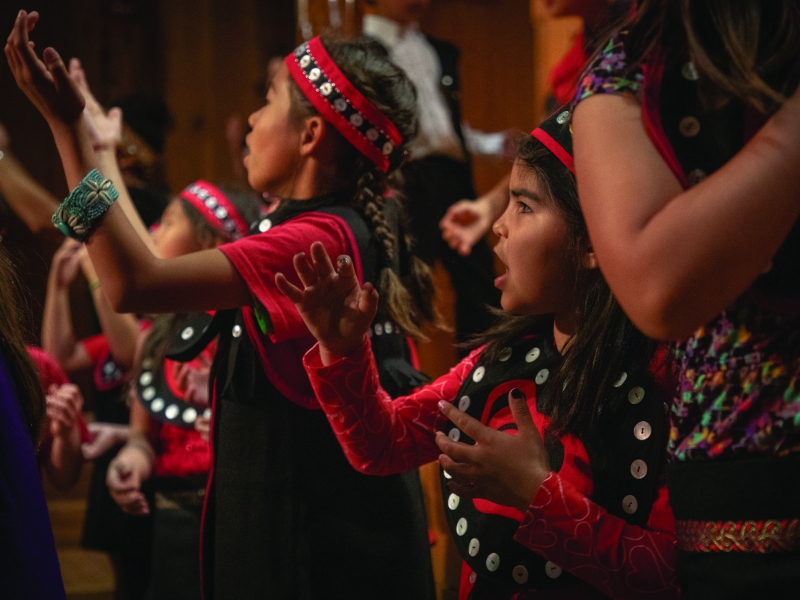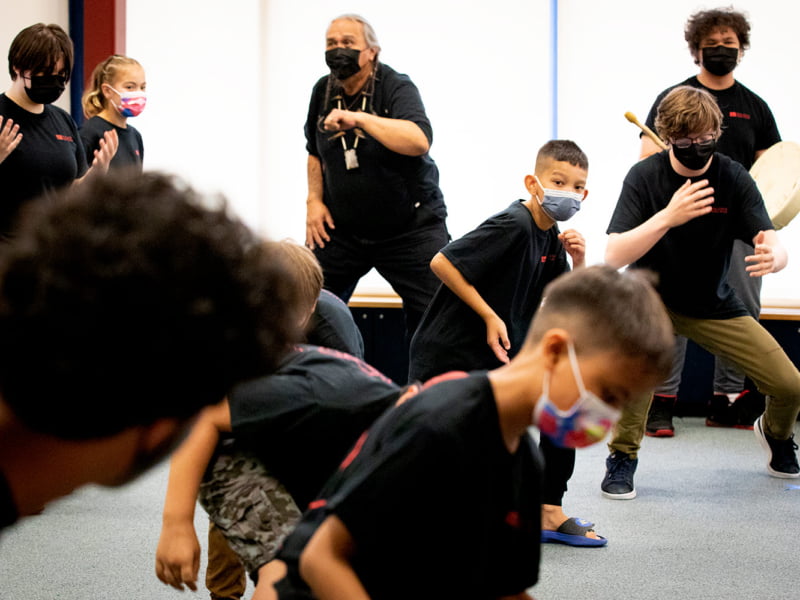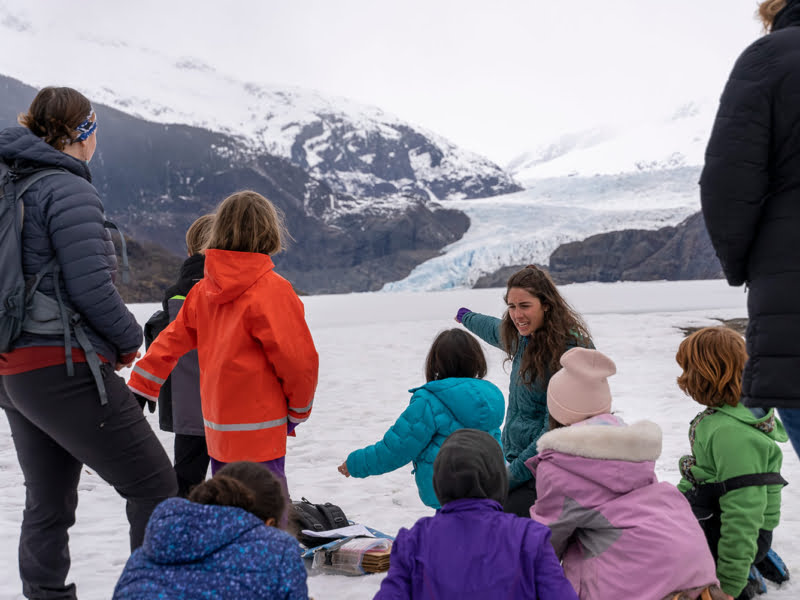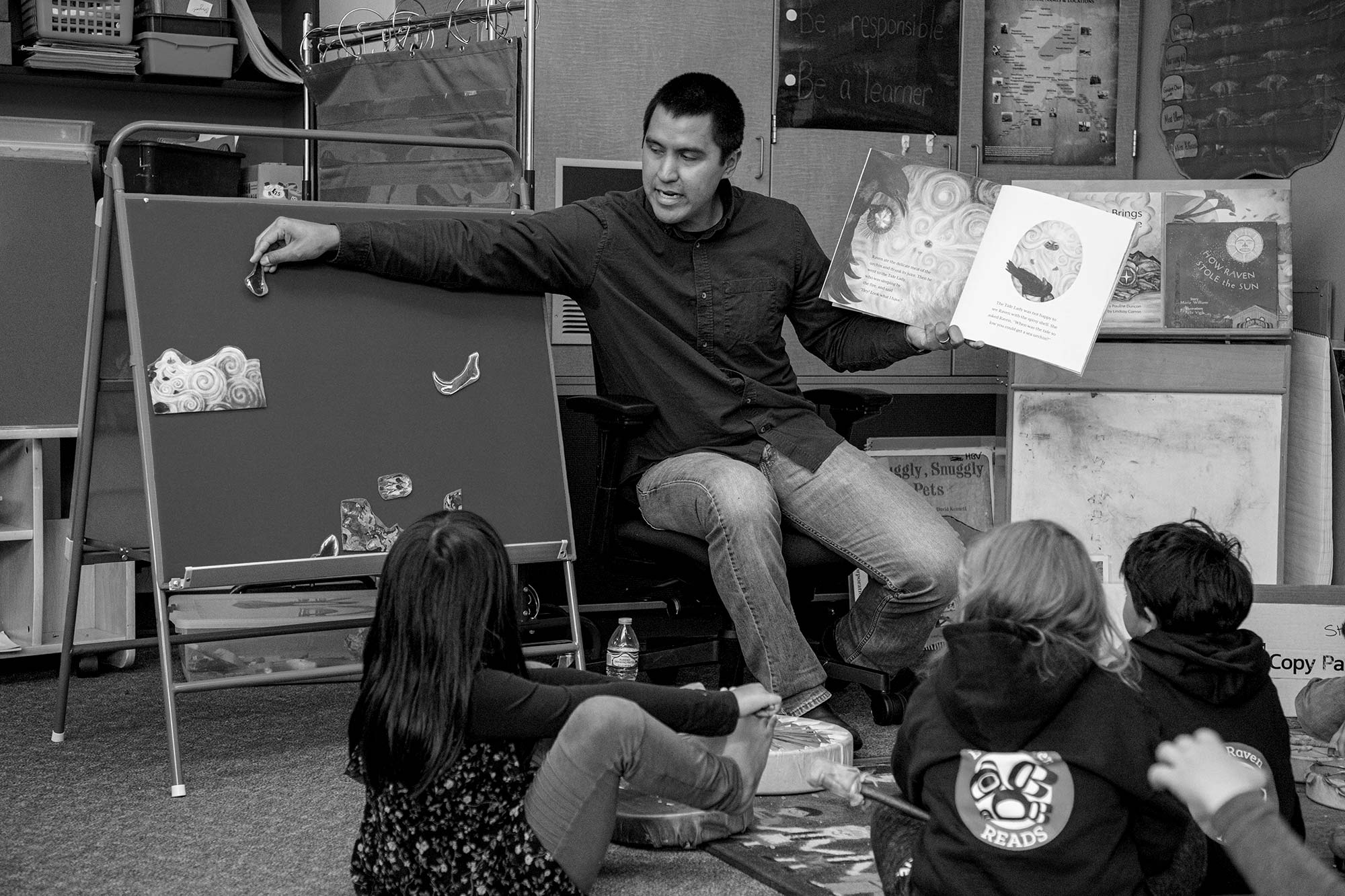SHI for Language Learners
Sealaska Heritage Institute
SHI for Southeast Alaska Native Language Learning
SHI
Advancing Tlingit (Lingít), Haida (X̱aad Kíl) ...
SHI’s Haa Ḵusteeí Initiative
Sealaska Heritage Institute
SHI’S HAA ḴUSTEEYÍ INITIATIVE—UNCLES PROGRAM
off shi Campus
SHI’s Haa Ḵusteeyí Initiative—Our Way of ...
Southeast Alaskan Native Language Resources
Sealaska Heritage Institute
SHI's SOUTHEAST ALASKAN NATIVE LANGUAGE LEARNING and TEACHING RESOURCES (Tlingit, Haida and ...
SHI’s Our Ancestors’ Echoes – Language Pathway Project
Sealaska Heritage Institute
SHI's OUR ANCESTORS' ECHOES - LANGUAGE PATHWAY
off shi Campus
SHI's Our Ancestors’ Echoes ...
SHI’s Tlingit Culture, Language, and Literacy
Sealaska Heritage Institute
SHI ELEMENTARY SCHOOL PROGRAMS
off shi Campus
The Tlingit Culture, Language, and Literacy (TCLL)
The ...
SHI Alaska’s Voices on the Land
Sealaska Heritage Institute
SHI VOICES ON THE LAND | ELEMENTARY CAMP.
off shi Campus
SHI's Voices on ...
SHI Alaska’s Raven Writes
Sealaska Heritage Institute
SHI'S RAVEN WRITES | ELEMENTARY CAMP.
off shi Campus
Raven Writes - Elementary Educational ...
SHI’s Sponsorships – Baby Raven Reads
Sealaska Heritage Institute
SHI for Education | Heritage Forward
SHI Sponsors.
"Baby Raven Reads"
Sealaska Heritage sponsors Baby ...
